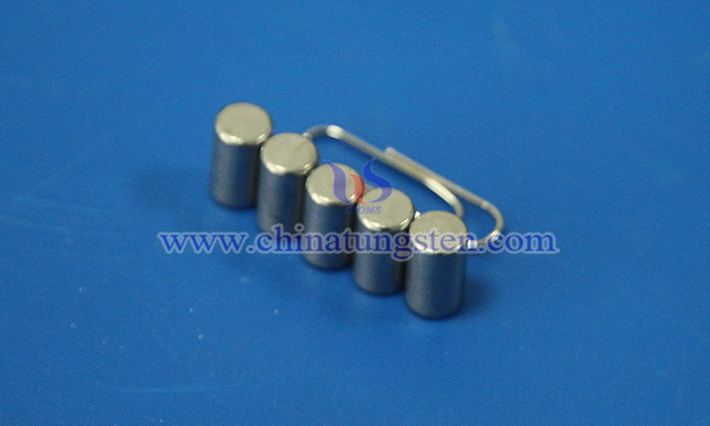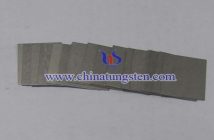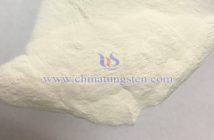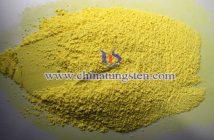High-intensity discharge (HID) lamps commonly used in road lighting, such as high-pressure sodium (HPS) lamps and metal halide (MH) lamps, typically employ barium tungsten electrodes (or barium tungsten cathodes) as electron-emitting materials. These electrodes exhibit outstanding performance under high-temperature and high-current conditions, serving as a critical component to ensure the efficient and stable operation of lighting systems.

I. Composition and Characteristics of Barium Tungsten Electrodes
1. Material Composition:
Barium tungsten electrodes are composite materials composed of a high-melting-point tungsten (W) matrix doped with barium (Ba) compounds. This combination ensures both high-temperature resistance and efficient electron emission.
2. Key Advantages:
High Melting Point: Tungsten has an extremely high melting point (3422°C), enabling the electrode to withstand arc-generated high temperatures while maintaining structural stability.
Strong Electron Emission: Barium oxides release free electrons at elevated temperatures, reducing the work function and enhancing electron emission efficiency.
Ion Bombardment Resistance: The electrodes demonstrate excellent erosion resistance in high-pressure gas discharge environments, minimizing material degradation.
Long Service Life: Structural stability under high temperatures extends the lifespan of both the electrode and the lamp, reducing maintenance costs.

II. Applications of Barium Tungsten Electrodes in Road Lighting
1. High-Pressure Sodium (HPS) Lamps:
In HPS lamps, barium tungsten electrodes act as cathodes to maintain arc stability during sodium vapor discharge. Their superior high-temperature sodium vapor corrosion resistance ensures consistent performance under frequent on-off cycling and prolonged operation. The efficient electron emission capability shortens lamp ignition time, improves luminous efficacy, and delivers uniform, bright illumination for roadways.
2. Metal Halide (MH) Lamps:
MH lamps operate in complex halide vapor environments, demanding high-performance electrodes. Barium tungsten electrodes not only provide stable electron emission but also exhibit exceptional chemical corrosion resistance. Their ion bombardment resistance effectively mitigates halide-induced erosion, ensuring long-lasting operation and superior chromatic performance even under high-intensity conditions.



